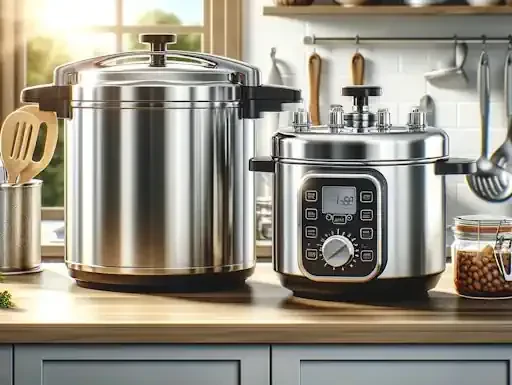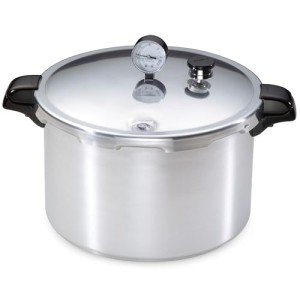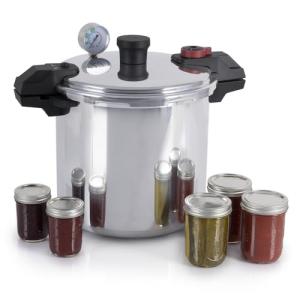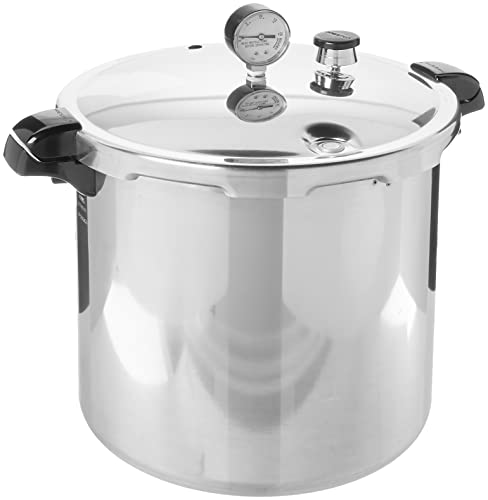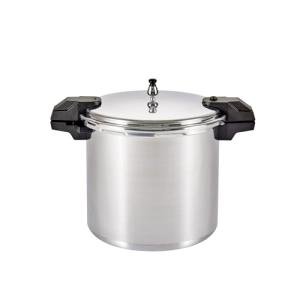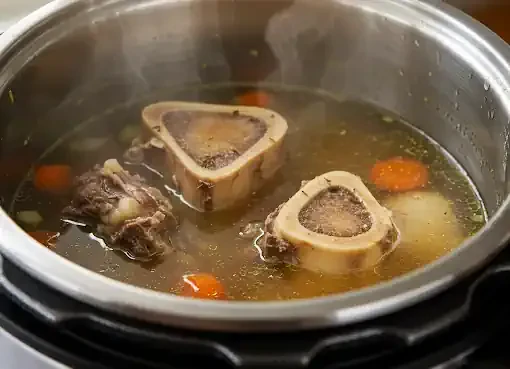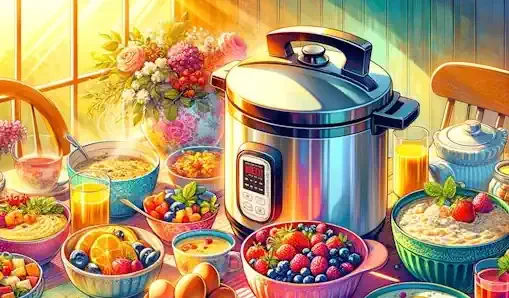Pressure cookers have been a cornerstone in kitchens for decades, known for their speed and efficiency in cooking. However, the journey from the traditional stovetop models to the modern electric pressure cookers marks a significant evolution in kitchen technology. This article explores this transition, highlighting the differences and benefits of each type, and how they fit into today's culinary landscape.
The Traditional Stovetop Pressure Cooker
The traditional stovetop pressure cooker has been a reliable tool for generations. Made typically of heavy metal, these cookers use the heat from a stove to build pressure inside the pot, cooking food quickly and efficiently.
Key Features:
Heat Source: Relies on an external heat source, usually a gas or electric stove.
Material: Often made of stainless steel or aluminum.
Control: Requires manual monitoring and adjusting of the heat.
Durability: Known for their ruggedness and longevity.
Advantages:
Versatility: Can be used on various heat sources.
High Heat Capability: Ideal for browning and searing.
Simplicity: Fewer components mean less can go wrong.
The Modern Electric Pressure Cooker
The modern electric pressure cooker represents a significant technological advancement. Equipped with digital controls and multiple cooking functions, these cookers have redefined convenience in the kitchen.
Key Features:
Built-In Heat Source: Comes with an electric heat source, eliminating the need for a stove.
Programmable Settings: Features preset cooking options for various dishes.
Safety Features: Often includes advanced safety mechanisms like automatic pressure release.
Multifunctionality: Can function as a slow cooker, rice cooker, and more.
Advantages:
Convenience: Set-and-forget functionality with timers and programmable settings.
Consistent Results: Automated temperature and pressure control ensure consistent cooking results.
Safety: Enhanced safety features reduce the risk of accidents.
Comparing Stovetop and Electric Pressure Cookers
Ease of Use: Electric pressure cookers offer more ease of use with their automated settings, ideal for those who prefer convenience and precision. In contrast, stovetop models require more hands-on management.
Cooking Speed: Both types cook food faster than traditional methods, but electric models may have slightly longer cooking times due to the time taken to build and release pressure.
Flavor Development: Stovetop pressure cookers are often preferred for their ability to sear and brown food, adding depth to flavors.
Cost: Traditional stovetop models are generally more affordable compared to their electric counterparts, which offer more features.
The Role of Pressure Cookers in Modern Kitchens
Pressure cookers, whether stovetop or electric, play a vital role in modern kitchens. They offer a fast and energy-efficient way to cook, making them ideal for busy lifestyles. Additionally, they help retain nutrients and flavors in food, contributing to healthier cooking methods.
The Shift to Electric Pressure Cookers
The shift towards electric pressure cookers is part of the broader trend of smart kitchen appliances. These devices cater to the growing demand for convenience, efficiency, and versatility in cooking. The ability to perform multiple functions with one appliance is a significant draw for space-conscious and time-strapped consumers.
Sustainability and Energy Efficiency
Both stovetop and electric pressure cookers are energy efficient, but electric models offer the added benefit of precise temperature control, reducing the likelihood of overcooking and energy wastage.
The evolution from traditional stovetop pressure cookers to modern electric models reflects the changing needs and preferences of home cooks. While stovetop pressure cookers appeal to those who value simplicity and traditional cooking methods, electric pressure cookers cater to the needs of a fast-paced, technology-driven lifestyle. Understanding the differences and benefits of each can help you choose the right pressure cooker for your culinary needs.
The journey of the pressure cooker from a simple stovetop apparatus to a multifunctional electric appliance is a testament to the innovation in kitchen technology. Whether you prefer the classic approach of the stovetop model or the modern convenience of the electric pressure cooker, both continue to be invaluable tools in the quest for efficient and flavorful cooking.
